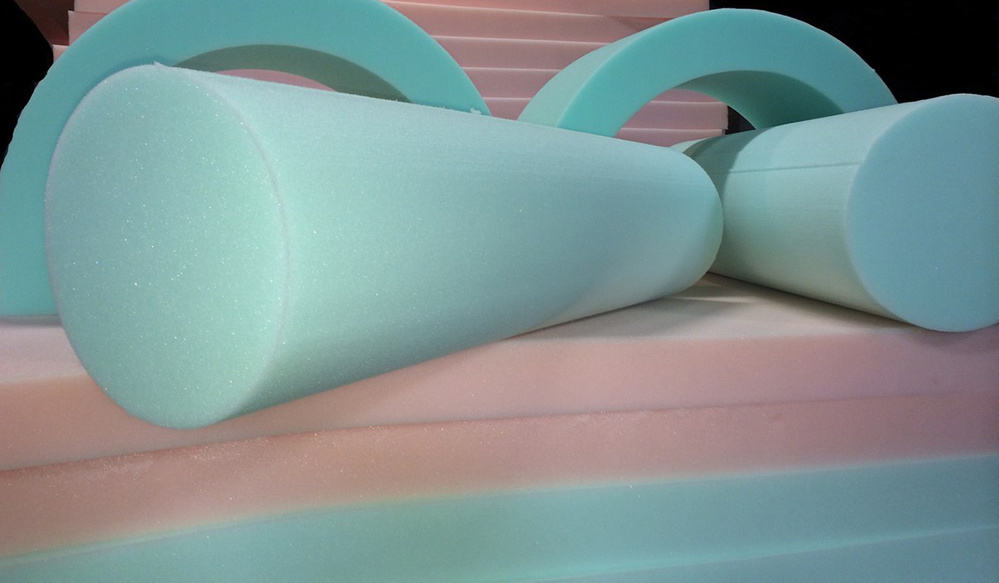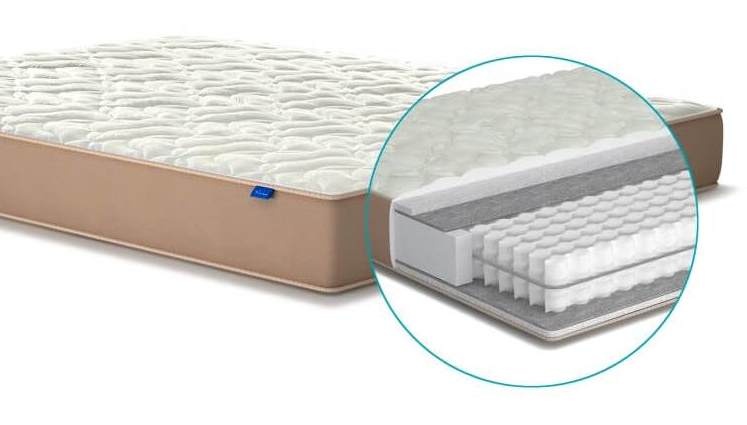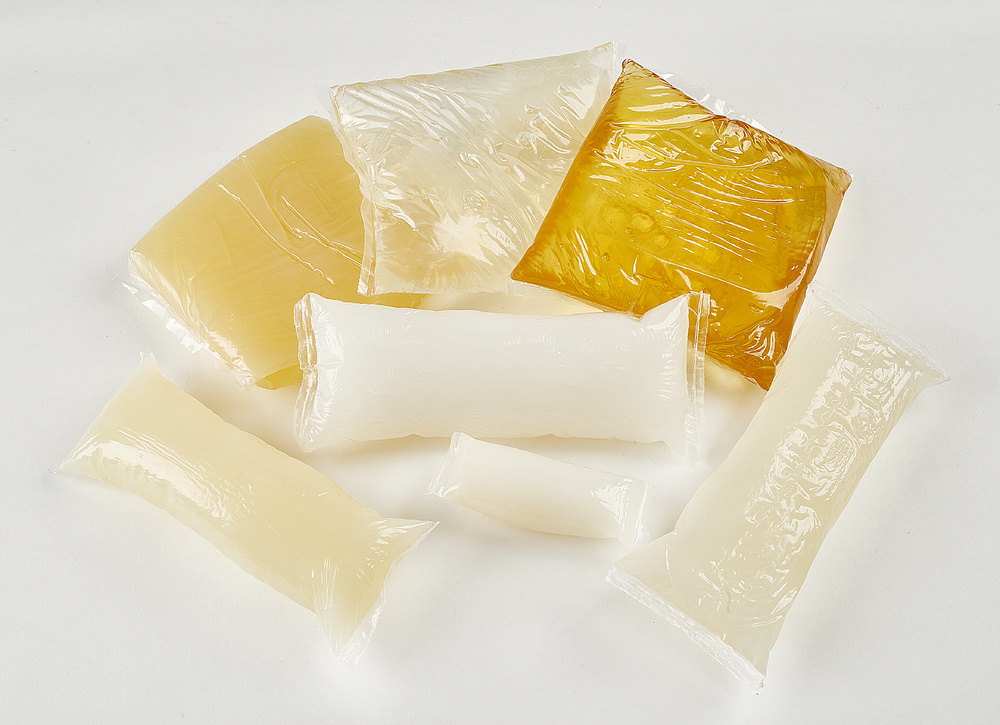Adhesive for mattresses and insulation materials
Kinds of polyurethane foam
Over the years, polyurethane (PU) foam has made inroads into many areas of human activities. It is used for making cushioned furniture, mattresses, stuffed toys, and as a material for heat and sound insulation, for packing, and even for medical purposes to alleviate loads on injured limbs.
The application area depends directly on PU foam quality characteristics. This material can have various degrees of rigidity, density, and elasticity. Density is considered the prime quality indicator. This characteristic is the one that affects the material’s service life. If PU foam loses its density, it will cohere and crumble easily.

Depending on the prevalence of one or other characteristic, seven types of PU foam are distinguished:
- Marking ST – applied onto standard PU foam manufactured based on polyol.
- HL and EL – this marking is used for PU foam with increased rigidity, which is developed for sustaining high loads.
- HS – marking for PU foam with increased softness to ensure convenient usage of manufactured products.
- HR – PU foam with this marking is very elastic and combines high initial rigidity and high load-bearing capacity.
- LR – a material with this marking is soft and viscoelastic, making it possible to create a “memory” effect.
- RTC - reticulated foamed polyurethane is an increased-porosity material.
Rebond foam – this type of material implies PU rebonding and the creating of new material with higher quality characteristics. Such material is used typically for acoustic insulation.

Adhesive for PU foam
Since PU foam is used widely in different areas, the need has arisen to combine PU foam with other materials by adhesive bonding. PU foam is often bonded to solid and rigid surfaces. Hence, choosing the adhesive composition is a critical issue. This has a direct effect on the quality of the manufactured products.
Anyway, what to use to bond PU foam? Immediately reject products based on hazardous and toxic substances if you do not have professional protection means. Such compositions can be detrimental to one’s health.
Also, reject an adhesive containing substances that damage the foam’s structure and clog its pores.

When choosing an adhesive for PU foam, the following nuances should be taken into consideration:
- Adhesive-bonded joint elasticity to preserve overall product elasticity.
- The dry residue is indicative of the adhesive quality and its adhesiveness.
- The setting rate is necessary to be accounted for depending on the conditions and requirements whilst bonding materials.
- The adhesive color depends on the requirements to the color of the finished products.
What to use to bond PU foam?
A professional approach to this matter calls for using special hot melt adhesives or aqueous adhesives with a constant tack, which have high adhesiveness and are non-hazardous.
When making mattresses, two kinds of adhesive bonding are possible:
- An interlayer when two layers of PU foam are bonded, with a possible interlining of other additional materials;
- Bonding of spring boxes is used when the springs are placed in separate ‘bags’ of nonwoven fabric, which are to be bonded together.
When making insulation materials, the following adhesives can be used:
- A hot adhesive or a hot-melt adhesive. It makes a strong bond with different materials so it is used for making heat, acoustic and noise insulation materials;
- A modified aqueous adhesive based on acrylic dispersion. This adhesive is fine for making different insulation materials. It is used for both the production-line method of application with roller and disc machines and the manual application one.

How to bond PU foam?
When using a hot-melt adhesive for bonding PU foam, immerse adhesive bars into a special hot adhesive tank. Next, the adhesive ready for use is delivered to an adhesive gun and the adhesive composition is applied to the surfaces being bonded. Then the surfaces are connected with one other.
Cold-applied constant-tack adhesives are an aqueous acrylic copolymer emulsion. After drying, the adhesive forms a translucent and flexible adhesive film. Such adhesives are ready-to-use and need no extra actions before being applied.
The Lux-Х company offers adhesives for making mattresses, bonding PU foam, and making acoustic, noise and heat insulation materials. English-quality heat adhesives under the Beardow&Adams brand name and dispersed adhesives under the Lux brand name have been recognized for a long time in the market.

The company’s technical staff will give you all the essential information and provide consultation on matters of interest for you. If needed, they will recommend free-of-charge samples of adhesives, conduct an audit and testing at your enterprise, and will set up and start the equipment.
To buy an adhesive for bonding PU foam, contact our company by using the Contact us button or by the telephone indicated on the website www.lux-x.com.






